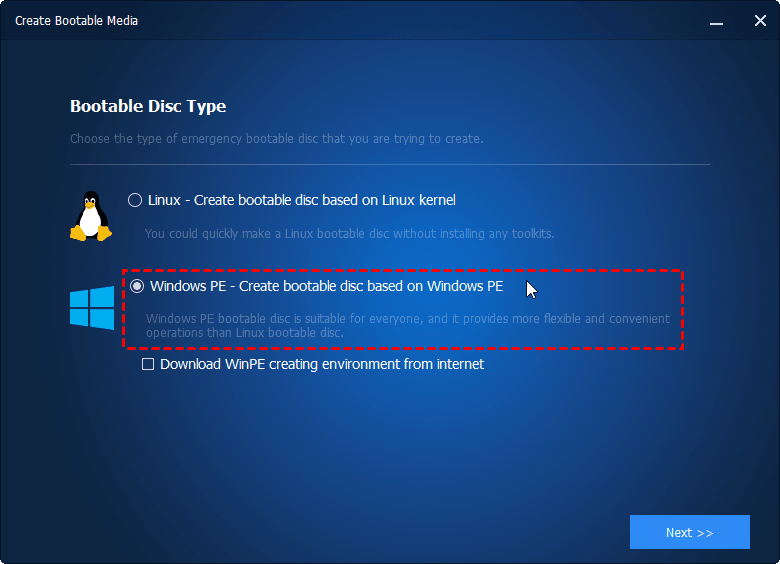

Step 7: Enter the command select disk 1 (instead of one, enter the number that was assigned to the flash drive by the system). Read more: Recovering Data After Experimenting with Linux/Ubuntu In our case, the drive has been assigned the name “Disk 1”. You can define a flash drive by its size. To do this, enter the command list disk and confirm the action by pressing Enter. Step 6: Now, you need to know the name (numbering) of the already inserted flash drive. Confirm the action using the Enter button. Step 5: Next, you need to enter the diskpart command to open a tool for working with hard and other drives.

Step 4: In the window that opens, enter the cmd command, and confirm the action by pressing the OK button. Step 3: After that, right-click on the “Start” button and find the “Run” item. Step 2: In the extracted folder, find the sources folder where you need to find the file named install. Step 1: Find a Windows 10 image on your hard drive and extract it using WinRAR or another archiver that supports image manipulation. It should be noted that this method is the most uncomfortable and complex of the presented, so to correctly create a bootable flash drive you need to follow exactly all the steps below. Windows 10 has a built-in feature for creating a flash drive with a ready-made operating system. Create a Windows 10 flash drive with built-in tools Also, the Windows 10 flash drive is a guarantee of uninterrupted access to the Internet or important documents, because malfunctions and inability to boot the current operating system may occur at the most inappropriate time.īelow you will find several ways to quickly install and run Windows 10 from a flash drive without a hard drive, so you can always have access to personal information and the Internet in all situations.

Running Windows 10 from a flash drive is a convenient tool that allows you to try to restore an existing operating system without reinstalling it or save important data and files stored on the C drive and the desktop.


 0 kommentar(er)
0 kommentar(er)
